
Low-Impact Exercises for Seniors with Joint Issues: Stay Active Without the Pain
As we age, joint issues such as arthritis, osteoarthritis, or general wear and tear can make staying active more challenging. However, regular exercise is one of the best ways to maintain mobility, improve joint health, and support overall well-being. The key is to focus on low-impact exercises that are gentle on the joints while still providing the benefits of physical activity. In this guide, we’ll explore the best low-impact exercises for seniors with joint issues and provide tips to get started safely as well as additional tips on managing arthritis.
Why Low-Impact Exercises Are Important for Joint Health
Low-impact exercises minimize the stress on your joints while allowing you to build strength, improve flexibility, and maintain cardiovascular health. For seniors with joint pain or conditions like arthritis, choosing low-impact activities can:
- Reduce Joint Pain: Gentle movements can reduce inflammation and stiffness.
- Improve Mobility: Regular activity prevents joints from becoming stiff or immobile.
- Enhance Muscle Strength: Strong muscles support and protect the joints.
- Boost Mood and Energy: Exercise releases endorphins, helping to reduce pain and improve mood.
Let’s dive into some effective, low-impact exercises that seniors with joint issues can incorporate into their daily routine.
1. Water Aerobics
Water aerobics is one of the best low-impact exercises for seniors with joint pain. The buoyancy of the water supports your body and reduces the strain on your joints while providing resistance to strengthen muscles.
- Why it’s good for joints: Water reduces the impact on your joints by up to 90%, allowing you to move freely without pain.
- How to get started: Look for senior-friendly water aerobics classes at your local pool. Alternatively, you can perform simple movements like leg lifts, arm circles, or walking in place in shallow water.
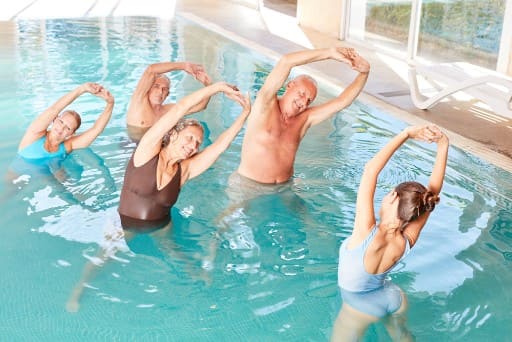
2. Chair Exercises
Chair exercises are excellent for seniors with limited mobility or joint pain. These seated exercises allow you to work on strength, flexibility, and balance from the comfort of a chair.
- Why it’s good for joints: Chair exercises provide stability, reducing the risk of falls or joint strain while still allowing you to move your muscles.
- Example exercises:
- Seated Leg Lifts: Sit on a sturdy chair with your feet flat on the floor. Slowly lift one leg straight out in front of you, hold for a few seconds, and lower it back down. Repeat on the other side.
- Seated Marching: Lift your knees one at a time as if you’re marching in place while seated.
- Example exercises:
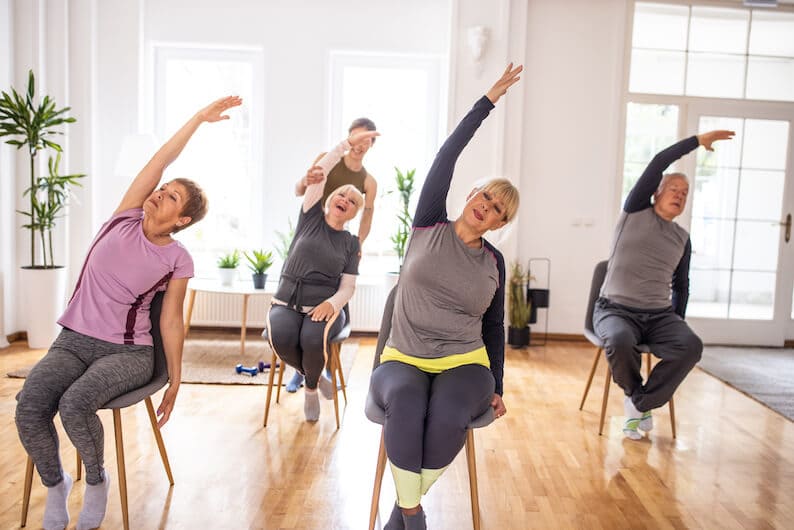
3. Tai Chi
Tai Chi is a gentle, flowing exercise that involves slow, controlled movements. It’s often referred to as “meditation in motion” because it combines physical movement with mindfulness.
- Why it’s good for joints: Tai Chi’s slow, deliberate movements are easy on the joints and can improve balance, flexibility, and coordination.
- How to get started: Many community centers or senior groups offer Tai Chi classes. You can also find beginner-friendly videos online to follow along at home.
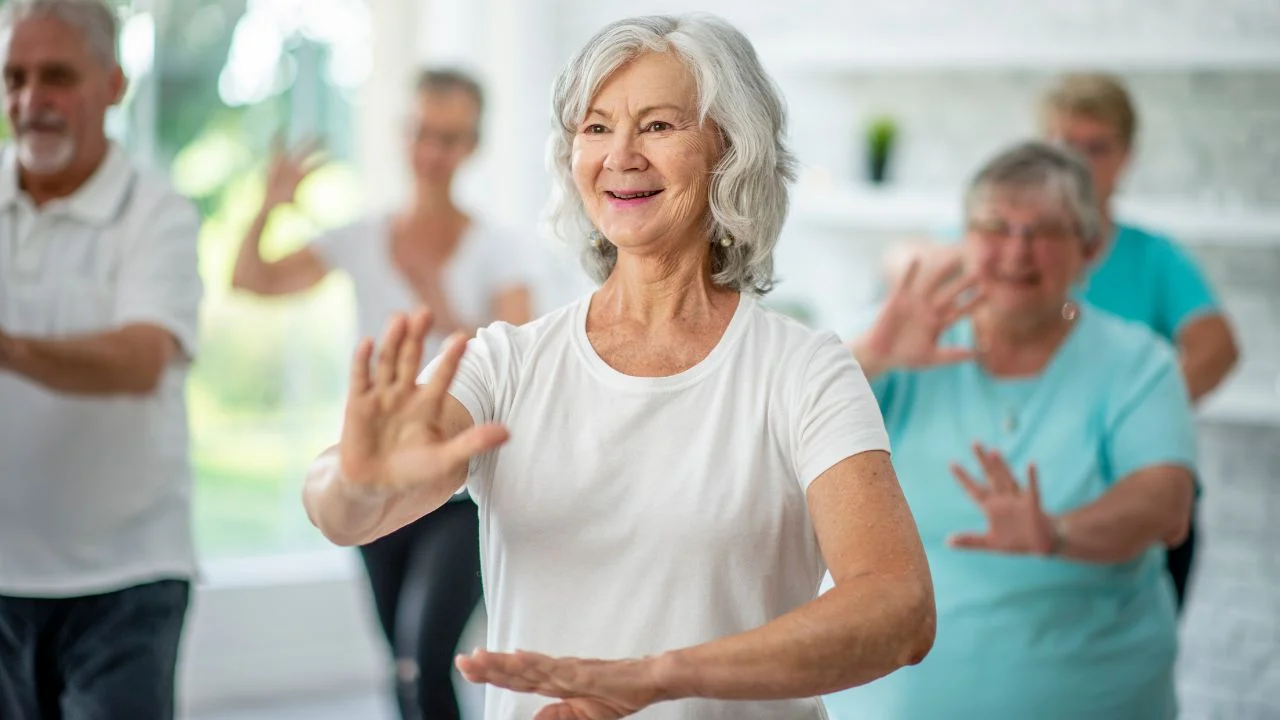
4. Walking with Support
Walking is a simple, accessible form of exercise for seniors, and with the right support, it can be low-impact. Using a cane or walking poles can help reduce the strain on your joints while still allowing you to stay active.
- Why it’s good for joints: Walking is weight-bearing, which helps maintain bone density, but using support can alleviate pressure on your joints.
- How to get started: Aim for short walks of 10-20 minutes, focusing on a smooth, steady pace. If you need extra support, consider using walking poles to distribute some of your weight.
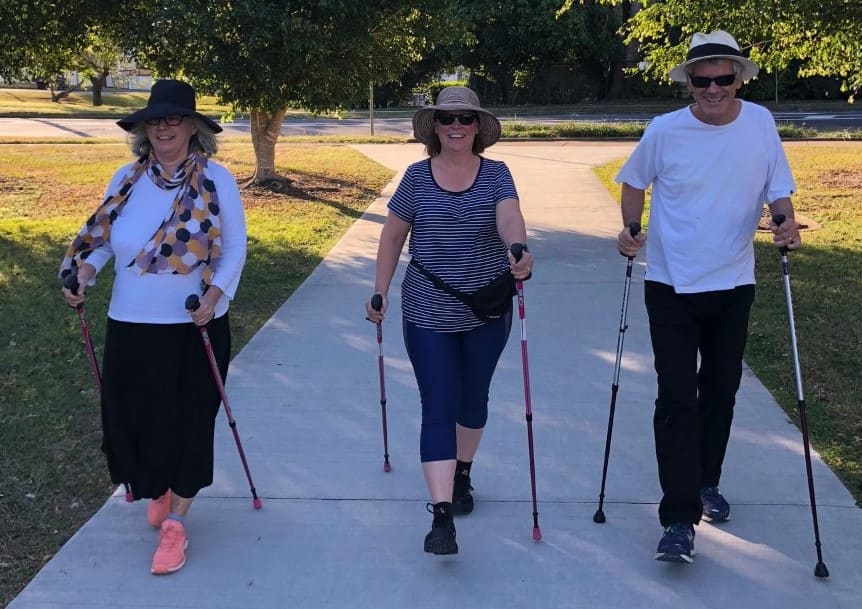
5. Cycling on a Stationary Bike
Cycling is a great cardiovascular exercise that strengthens the lower body without putting too much pressure on your joints. Using a stationary bike reduces the risk of falls, making it a safer option for seniors.
- Why it’s good for joints: Stationary biking allows you to maintain a smooth, continuous motion without the pounding impact that walking or running can cause on your knees and hips.
- How to get started: Start with short sessions (10-15 minutes) at a low resistance level and gradually increase the time and intensity as your fitness improves.
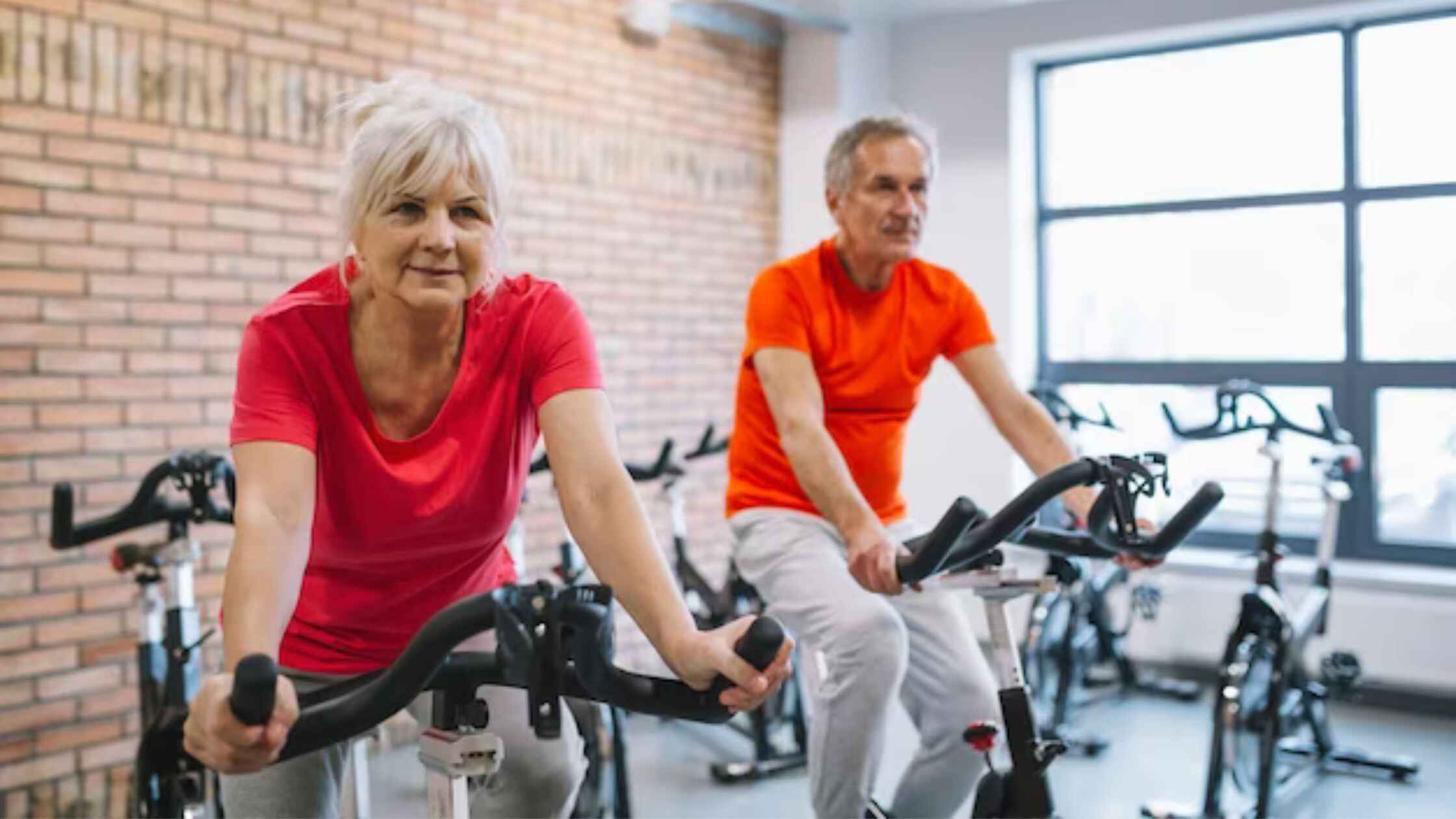
6. Gentle Yoga
Yoga focuses on flexibility, strength, and balance, making it a great low-impact exercise for seniors. Certain yoga poses can improve joint flexibility and reduce stiffness.
- Why it’s good for joints: Yoga encourages gentle stretching, which can help lubricate the joints and improve mobility.
- How to get started: Look for beginner or “chair yoga” classes specifically designed for seniors. These classes focus on easy, modified poses that are safe for those with joint issues.
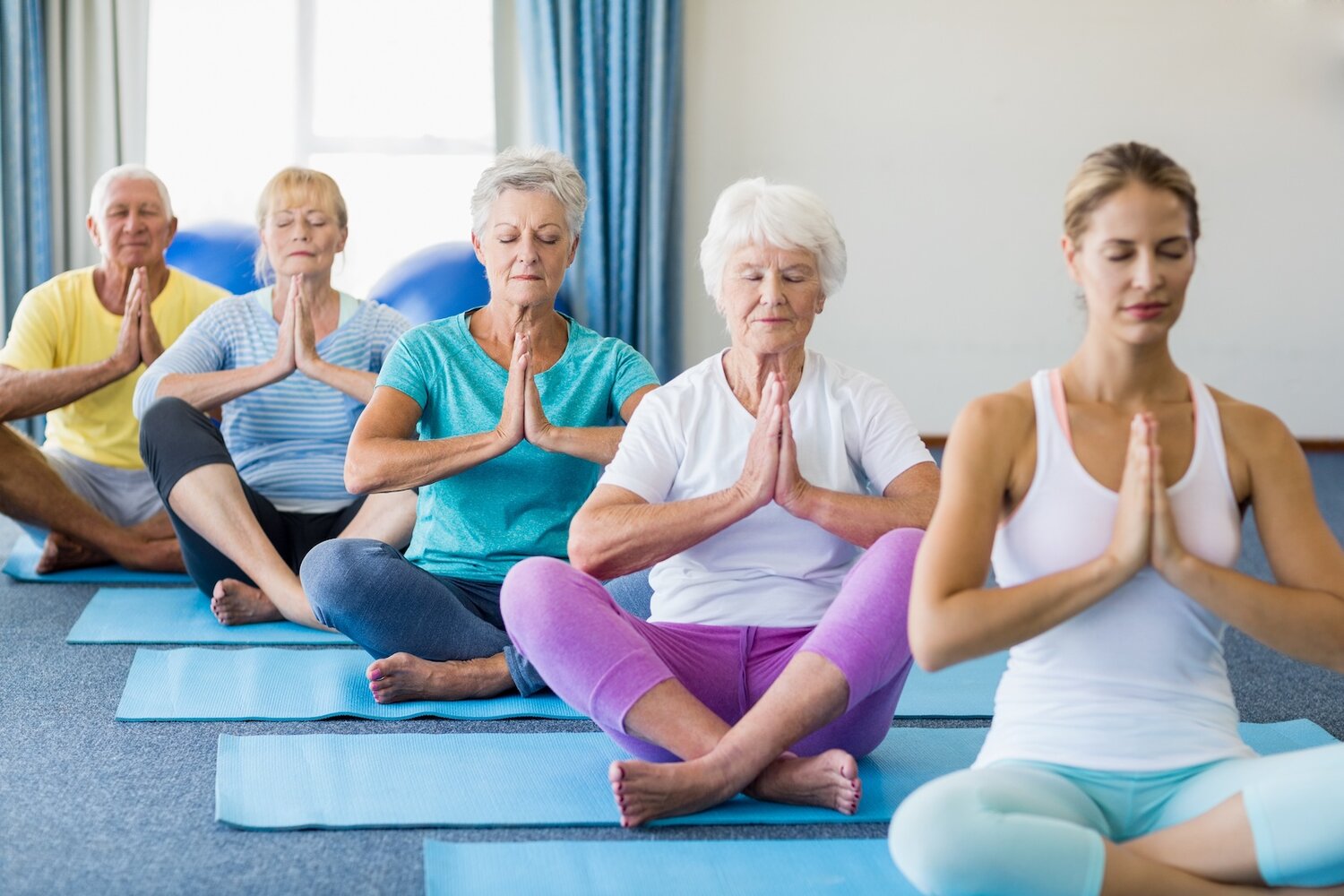
Tips for Exercising Safely with Joint Pain
If you have joint issues, it’s important to exercise safely and listen to your body. Here are some tips to help you get the most out of your workout while protecting your joints:
- Warm up: Always warm up before exercising to increase blood flow and prepare your joints for movement. Gentle stretching or a 5-minute walk is a good way to start.
- Use proper footwear: Wear supportive, cushioned shoes to protect your feet and knees.
- Start slow: Begin with short sessions and gradually increase the intensity and duration as your body adapts.
- Rest when needed: If you experience sharp pain or excessive discomfort, stop and rest. It’s okay to take breaks as needed.
- Stay hydrated: Drink water before, during, and after exercise to stay hydrated and keep your joints lubricated.
- Consult with your doctor: Before starting any new exercise routine, talk to your healthcare provider, especially if you have existing joint conditions.
Stay Active, Stay Healthy:
Staying active with joint issues is not only possible, but it’s also one of the best ways to improve joint health and maintain overall well-being. By incorporating low-impact exercises like water aerobics, chair exercises, Tai Chi, and gentle yoga into your routine, you can stay fit and active without putting extra strain on your joints.
Remember, every small step counts, and consistency is key. By focusing on exercises that are gentle on your body, you’ll be able to move more comfortably, improve your strength, and enjoy a higher quality of life. So, lace up your shoes, grab a water bottle, and get moving today!
Looking for more tips on staying fit and healthy as you age? Subscribe to our newsletter for expert advice, gentle exercise routines, and senior-friendly product recommendations!
